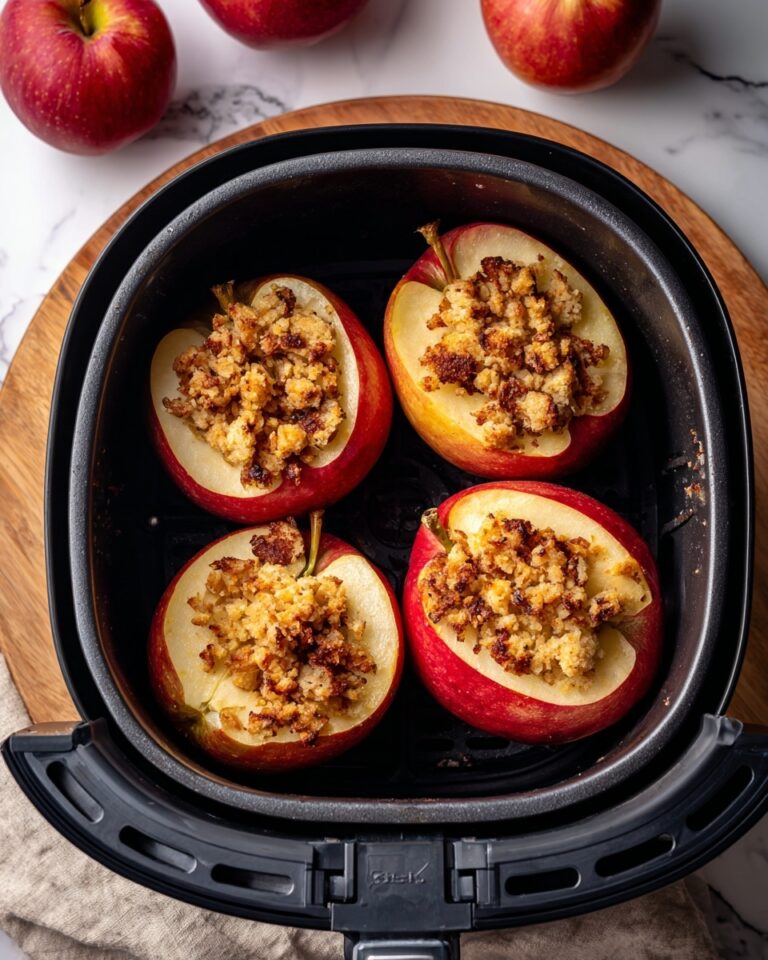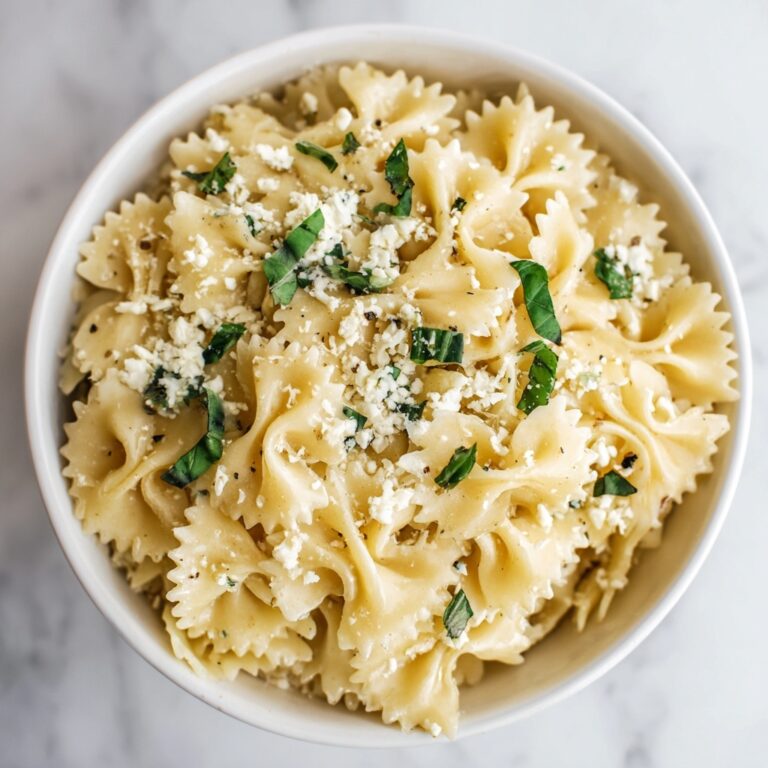If you are craving a soul-soothing, deeply nourishing bowl that celebrates the best of winter produce, the Cleansing Winter Vegetable Miso Soup Recipe is going to be your new go-to comfort food. This vibrant soup combines the earthy goodness of root vegetables with savory fermented miso, creating a delicious, detoxifying dish that’s both light and satisfying. Perfect for chilly days or whenever you need a gentle reset, this recipe brings warmth and wellness straight to your kitchen.

Ingredients You’ll Need
Every ingredient in this recipe plays an essential role in building layers of flavor, texture, and nourishment. They’re simple pantry staples and fresh seasonal veggies that come together beautifully to create a balanced, heartwarming soup.
- Sesame oil: Adds a subtle nutty aroma that enhances the soup’s depth.
- Garlic, minced: Provides an aromatic punch that lifts the overall flavor.
- Fresh ginger, grated: Brings a warming spice and digestive benefits.
- Yellow onion, thinly sliced: Offers sweetness and savory undertones.
- Carrots, peeled and sliced: Contribute natural sweetness and vibrant color.
- Sweet potato, peeled and cubed: Adds creamy texture and subtle sweetness.
- Chopped napa cabbage: Brings a tender crunch and light bitterness.
- Sliced shiitake mushrooms: Impart an umami richness that grounds the soup.
- Vegetable broth: Provides a savory, nourishing base for the soup.
- White miso paste: The soul of the soup, delivering tangy, fermented flavor and probiotics.
- Soy sauce or tamari: Offers a salty depth and umami balance.
- Cubed tofu (optional): Adds plant-based protein and a soft texture contrast.
- Green onions, sliced: Give a fresh, mild onion flavor and bright color.
- Rice vinegar: Introduces a subtle acidity to brighten the soup.
- Nori, torn (optional): Adds a delicate seaweed flavor that complements the miso.
- Salt and pepper: To season and enhance all flavors.
How to Make Cleansing Winter Vegetable Miso Soup Recipe
Step 1: Sauté the Aromatics
Begin by warming the sesame oil in a large pot over medium heat. Add the minced garlic, grated ginger, and thinly sliced yellow onion, sautéing gently for about 3 to 4 minutes. This step releases the fragrant oils and creates a flavorful foundation for the soup. It’s amazing how these simple aromatics can wake up your kitchen with such inviting scents.
Step 2: Cook the Vegetables
Next, toss in the sliced carrots, cubed sweet potato, chopped napa cabbage, and shiitake mushrooms. Stir them around for about 5 minutes until they start to soften. This mix offers a delightful combination of textures and a medley of natural sweetness and earthy notes that balance beautifully with the miso later on.
Step 3: Simmer in Broth
Pour in the vegetable broth and bring the soup to a gentle boil. Then lower the heat to a simmer and let it cook uncovered for 15 to 20 minutes, or until all the vegetables are tender. This slow simmer allows the flavors to meld and deepen while keeping the vegetables tender but intact.
Step 4: Incorporate the Miso Paste
In a small bowl, whisk three tablespoons of white miso paste with a few spoonfuls of the hot broth until it forms a smooth mixture. This step ensures the miso dissolves evenly into the soup without clumping. Stir this mixture back into the pot carefully. Remember, do not allow the soup to boil after adding the miso, as high heat can destroy its beneficial probiotics that are so key to this recipe’s cleansing qualities.
Step 5: Final Seasoning and Add-Ins
Add the soy sauce or tamari for a hit of umami saltiness, and if you’re using tofu, gently stir it in now so it heats through without falling apart. A splash of rice vinegar brightens the overall flavor, lifting the rich miso broth to a new level. Season with salt and freshly cracked black pepper to taste.
Step 6: Garnish and Serve
Just before ladling into bowls, stir in fresh green onions and torn nori pieces if you like that extra oceanic note. They add the perfect finishing touch, both in taste and visual appeal.
How to Serve Cleansing Winter Vegetable Miso Soup Recipe

Garnishes
Simple toppings can elevate your soup experience. Try sprinkling with extra sliced green onions or a few toasted sesame seeds for some crunch. A drizzle of chili oil adds warmth if you’re craving a bit of spice, while fresh herbs like cilantro or parsley can offer a hint of brightness and herbal freshness.
Side Dishes
This soup shines as a light main course or a beautiful starter alongside a bowl of steamed rice or soba noodles. Pair it with pickled vegetables or a crisp seaweed salad for a refreshing contrast that keeps the meal balanced and vibrant.
Creative Ways to Present
For entertaining or a cozy meal, serve the soup in rustic bowls or Japanese-inspired lacquerware. Add a small plate of sliced avocado or a side of lightly toasted bread to dip and soak all that nourishing broth. Even a sprinkle of finely chopped chives or microgreens can make this humble soup feel extra special.
Make Ahead and Storage
Storing Leftovers
This Cleansing Winter Vegetable Miso Soup Recipe keeps beautifully in an airtight container in the refrigerator for 3 to 4 days. Store it chilled to preserve the fresh flavors and prevent the vegetables from becoming too mushy.
Freezing
If you want to freeze leftovers, wait to add the miso paste until after reheating to maintain its probiotic benefits. Freeze the soup broth and vegetables in a freezer-safe container for up to 2 months. Thaw overnight in the fridge before reheating gently.
Reheating
When reheating, warm the soup over low heat and stir in the miso paste last, just before serving. Avoid boiling to keep the soup’s nourishing qualities intact. Green onions and nori should be added fresh each time you serve.
FAQs
Can I use other vegetables in this Cleansing Winter Vegetable Miso Soup Recipe?
Absolutely! This soup is wonderfully adaptable. Feel free to add seasonal vegetables like turnips, kale, or daikon radish to suit your tastes or what you have on hand.
Is this soup vegan and gluten-free?
Yes, the recipe is naturally vegan and gluten-free, especially if you use tamari instead of soy sauce. It’s a fantastic option for those following plant-based and gluten-free diets.
Why shouldn’t I boil the soup after adding miso?
Boiling destroys the beneficial probiotics in miso that promote gut health. To preserve these nutrients, always add miso paste at the end and avoid bringing the soup to a vigorous boil afterward.
Can I make this soup without tofu?
Definitely! Tofu is optional and adds protein, but the soup tastes amazing all on its own with just the vegetables and miso broth.
How spicy is this soup? Can I make it spicier?
This soup is naturally mild, focusing on warm, savory flavors. To kick up the heat, add a dash of chili flakes, a swirl of chili oil, or fresh sliced chili peppers as a garnish.
Final Thoughts
If you want a cozy meal that feels like a warm hug, the Cleansing Winter Vegetable Miso Soup Recipe is here to deliver. It’s full of goodness, effortlessly nourishing and packed with comforting flavors that celebrate the best of winter veggies. Whether you’re winding down after a busy day or resetting your body, this soup invites you to slow down and savor every spoonful. Give it a try, and I promise it’ll quickly become one of your favorite recipes.
Print
Cleansing Winter Vegetable Miso Soup Recipe
- Prep Time: 15 minutes
- Cook Time: 25 minutes
- Total Time: 40 minutes
- Yield: 4 servings
- Category: Soup
- Method: Stovetop
- Cuisine: Japanese-Inspired
- Diet: Vegan,Gluten Free
Description
This cleansing winter vegetable miso soup is a nourishing and detoxifying Japanese-inspired recipe that’s perfect for cold days. Packed with nutrient-rich vegetables, tofu, and umami flavors from miso paste and shiitake mushrooms, this vegan and gluten-free soup warms the body while supporting digestion and immunity. The recipe uses gentle stovetop cooking to maintain the probiotics and health benefits of miso paste, making it a wholesome and satisfying meal for four servings.
Ingredients
Main Ingredients
- 1 tablespoon sesame oil
- 2 cloves garlic, minced
- 1 tablespoon fresh ginger, grated
- 1 small yellow onion, thinly sliced
- 2 carrots, peeled and sliced
- 1 small sweet potato, peeled and cubed
- 1 cup chopped napa cabbage
- 1 cup sliced shiitake mushrooms
- 6 cups vegetable broth
- 3 tablespoons white miso paste
- 2 teaspoons soy sauce or tamari
- 1 cup cubed tofu (optional)
- 2 green onions, sliced
- 1 tablespoon rice vinegar
- 1 sheet nori, torn (optional)
- Salt and pepper to taste
Instructions
- Heat Aromatics: Heat sesame oil in a large pot over medium heat. Add minced garlic, grated ginger, and thinly sliced onion. Sauté for 3–4 minutes until fragrant and softened, developing the soup’s foundational flavors.
- Add Vegetables: Incorporate the sliced carrots, cubed sweet potato, chopped napa cabbage, and sliced shiitake mushrooms into the pot. Cook for an additional 5 minutes, stirring occasionally to slightly soften the vegetables and meld the tastes.
- Simmer Broth: Pour in the vegetable broth and bring the mixture to a gentle boil. Reduce the heat and let it simmer for 15–20 minutes, or until all the vegetables are tender and flavors have fully developed.
- Prepare Miso Mixture: In a small bowl, whisk the white miso paste with a few spoonfuls of the hot broth until smooth and fully dissolved. This step ensures the miso integrates evenly without clumps.
- Add Miso and Seasonings: Stir the miso mixture back into the soup carefully, avoiding boiling after this point to preserve the beneficial probiotics in the miso. Add soy sauce or tamari, cubed tofu if using, and rice vinegar to layer in savory and tangy notes.
- Final Seasoning and Garnish: Heat the soup gently until warmed through but not boiling. Season with salt and pepper to taste. Just before serving, stir in sliced green onions and torn nori for fresh, crisp, and briny accents.
Notes
- Do not boil the soup after adding the miso paste, as high heat can destroy its beneficial probiotics.
- Add seasonal vegetables such as turnips, kale, or daikon radish for variety and extra nutrients.
- To keep the soup vegan and gluten-free, opt for tamari instead of regular soy sauce.
- Tofu is optional but adds additional protein and texture.








